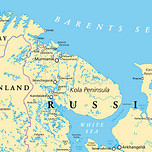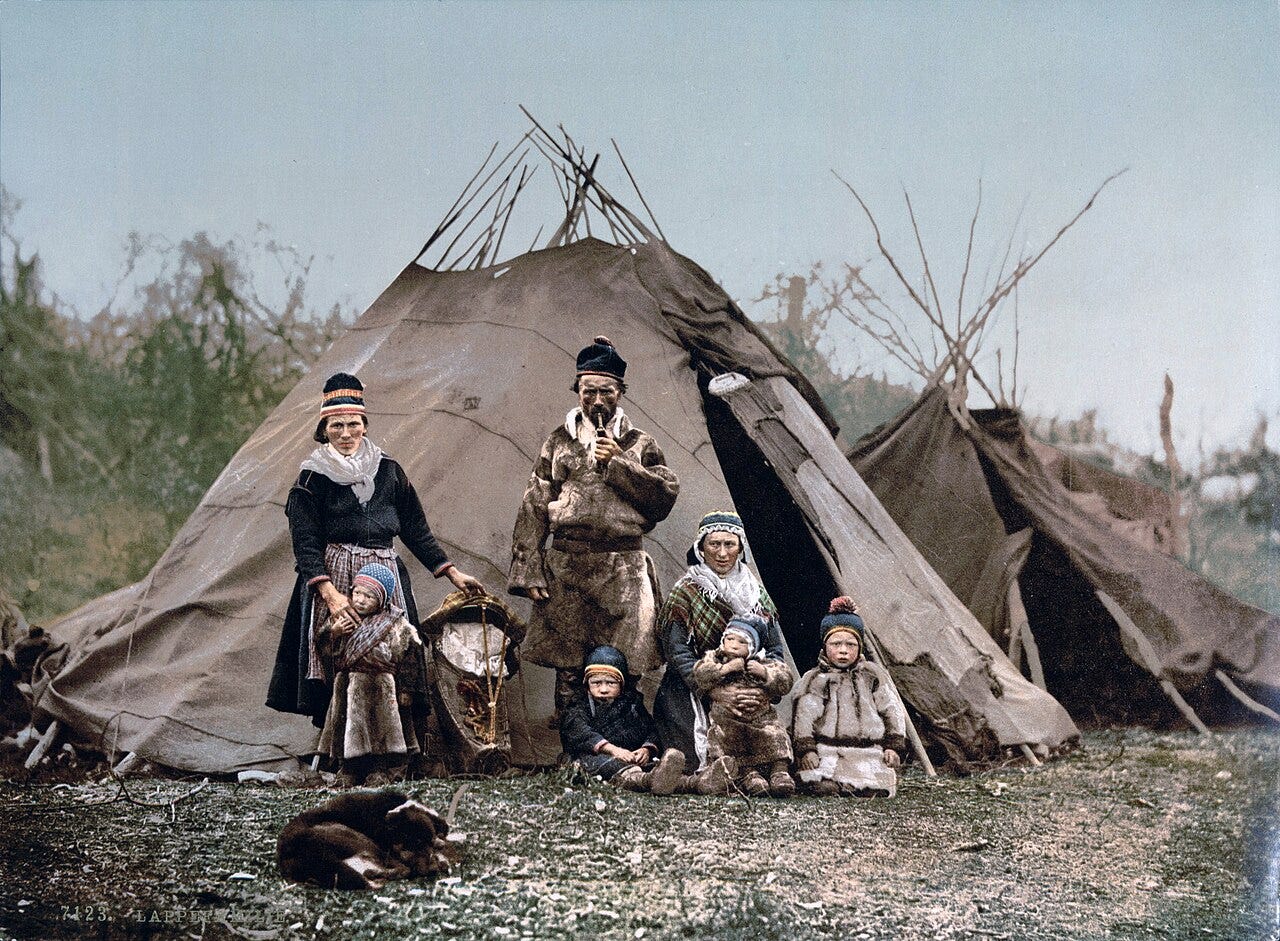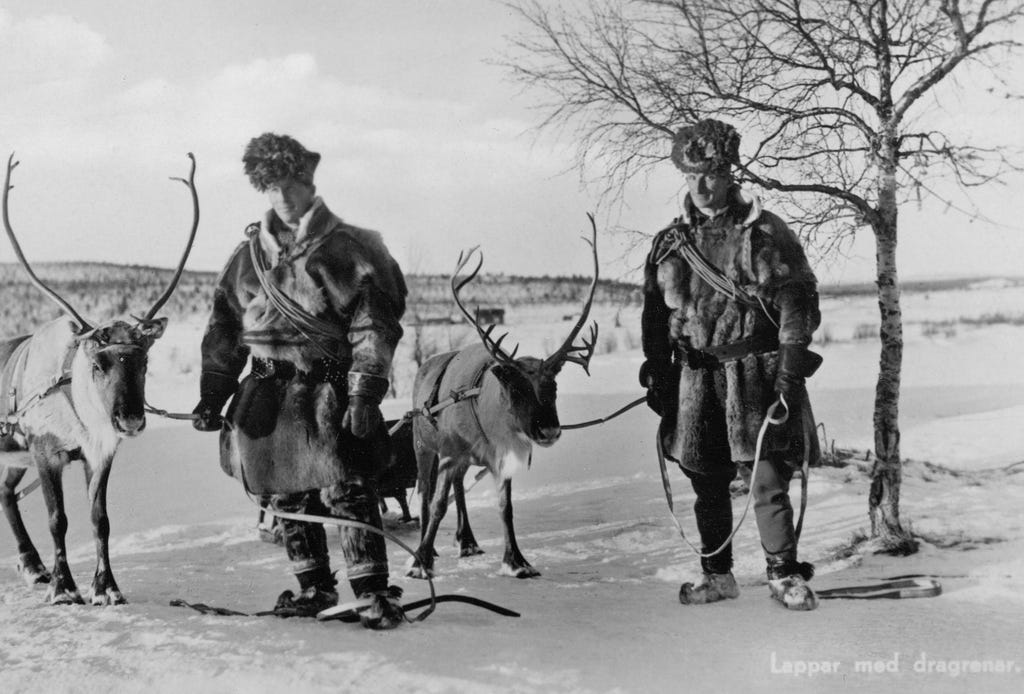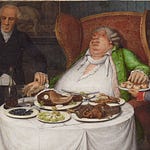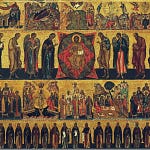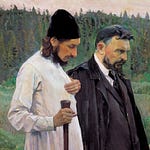In 1681, a new military governor arrived at the Kola fort. The fort was established in the 16th century, when King Frederick II of Denmark-Norway laid claim to the Russian-controlled part of Kola Peninsula.
The peninsula was settled by humans as far back as nine thousand years, but the inhabitants most recently associated with that are, the Sámi, did not arrive until approximately a thousand years ago. The Sámi are a semi-nomadic people who did not establish a state and lived in clans ruled by elders. For their entire history on the Kola Peninsula, the Sámi had to pay tribute to either the Norwegians, or the Novgorodians, sometimes both, or since the fall of the Novgorod Republic in 1471, to the Moscovites.
The Moscovites generally treated the Sámi reasonably well, all things considered - primarily, because the Sámi were semi-nomadic and always had the option of migrating from the Russian-controlled territory to that of Norway, if Russian demands became too burdensome or Russian tax collectors more ruthless than their Norwegian colleagues. (Finland, which does not control any of the Barents Sea coastline favored by some of the Sámi, although an independent country on present-day maps, was occupied by the Swedes and remained a part of the Kingdom of Sweden from the 12th century until 1809, when it was occupied by the Russians and became an autonomous grand duchy within the Russian Empire. Finland became an independent country in 1918-1919 as a result of the 1917 Communist Revolution in Russia.)
A Sámi family around 1900 (colorized)
In fact, in 1620, Tsar Michael, the first of the Romanovs, specifically forbade sending tax collectors to the Sámi who had not yet been baptized or to use any force against them. Thus, the new military governor who arrived in Kola in 1681, among other duties, was tasked by Tsar Michael’s son Feodor with converting the Sámi to Orthodoxy - but to do so “with love, by inviting, rather than forcing” them. (As an aside, this invitation was to include two, two and a half, or three rubles paid to each Sámi who decided to accept baptism.) In order to assess the missionary situation, the governor sent priest Aleksey Simonov to visit the settlements.
The Sámi of Norway
Father Simonov, accompanied by a trusted man from the fort, set out for the trip in November of 1681 and travelled for over three months visiting eight Sámi settlements of the ten they planned to visit. (One settlement was too remote; another one apparently refused to accept the missionaries.) At each stop, Father Simonov gathered the Sámi, read to them the tsar’s decree and asked questions about their religious life and customs “in a spiritual way, with love and acceptance.” According to the report Father Simonov prepared for the governor,1 the Sámi readily repented of their heathen ways, dismantled their pagan altars, and built Christian chapels. It is impossible to know whether the report accurately conveys the circumstances or is colored in some way by Father Simonov’s optimism and cheerful disposition. Be that as it may, the set of questions the missionaries used included a few questions about fasting - the object of our interest here.
Listen to this episode with a 7-day free trial
Subscribe to Phroneo to listen to this post and get 7 days of free access to the full post archives.


